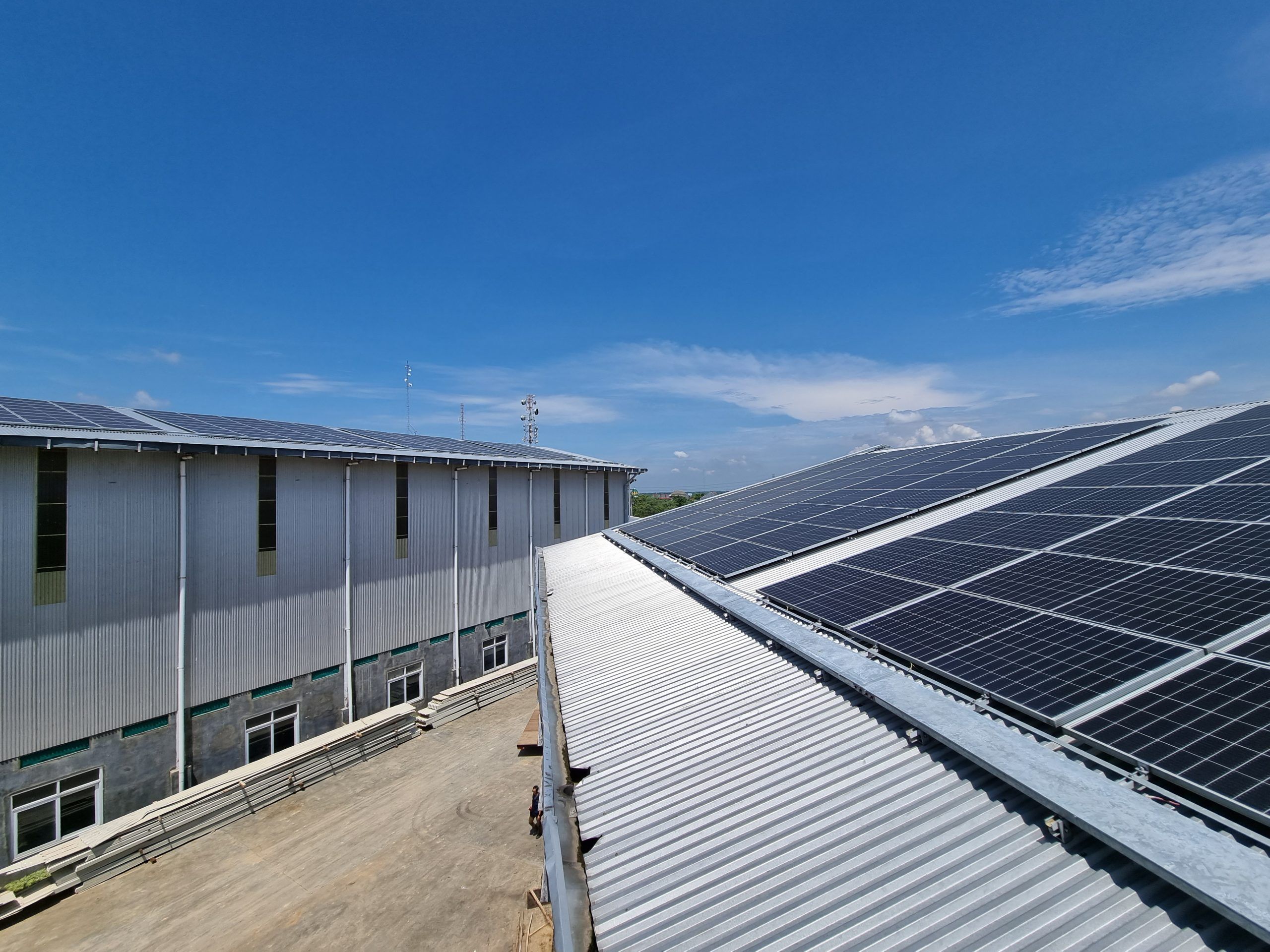Jakarta, December 19, 2022 – The role of energy is critical for increasing economic activity and national security. Thus, energy management, including supply, utilization, and exploitation, should be carried out fairly, sustainably, optimally, and in an integrated manner. Moreover, Indonesia has ratified the Paris Agreement and submitted its commitment to reduce greenhouse gas emissions with an unconditional target of 31.89% in 2030 with its capabilities and a conditional target (with international support) of 43.2%.
Based on the Deep Decarbonization of Indonesia’s Energy System study released by IESR, Indonesia can achieve the target of the Paris Agreement being carbon neutral by 2050. This decade is essential because Indonesia must reach peak emissions in the energy sector by 2030 and reinforce a mix of renewable energy in the electricity to 45%.
Developing the renewable energy sector is a mitigation action to reduce greenhouse gas emissions (GHG) and support sustainable energy. Hence, Indonesia continues to intensify the use of renewable energy. Solar energy is one of the renewable energy choices that continue to be encouraged for its use in Indonesia.
Quoted from the Sustainable Professional Development Module for Solar and Wind Energy Conversion, Ministry of Education and Culture, solar energy is obtained by converting solar energy through specific equipment into resources in other forms. Furthermore, French scientist Edmond Becquerel discovered that certain materials would give off electricity sparks when sunlight struck in 1839. Even though the sun is located about 149 million kilometresr from the earth, its rays can be used as a renewable energy source. In solar panels, the sunlight is converted into electrical energy using photovoltaic technology (photovoltaic/PV).
Based on the Indonesia Solar Energy Outlook 2023 report issued by IESR, solar power will play an essential role in deep decarbonization in Indonesia in 2060 or sooner in 2050; at least 88% of installed power capacity will come from solar power in 2050. Unfortunately, the use of solar energy in Indonesia has only reached 0.2 GWp of installed capacity and will generate less than 1% of total electricity generation by the end of 2021.
However, Indonesia’s solar energy progress can be seen from the lower price of solar PV electricity obtained through a power purchase agreement (PPA) entered into by PT PLN (Persero) with Independent Power Producers (IPP). The cost of PPA solar PV has fallen by around 78% from US$0.25/kWh to US$0.056/kWh between 2015 and 2022. For this reason, IESR predicts that at least with the addition of large-scale solar PV projects, decreasingsolar module prices, and improving the investment climate, solar PV investment per unit prices will continue to fall, approaching the world price trend. In addition, in terms of project pipeline development for large-scale solar PV, there are currently eight projects with a total capacity of 585 MWp (which have been tendered).

